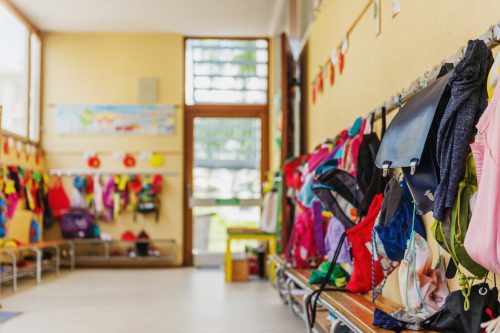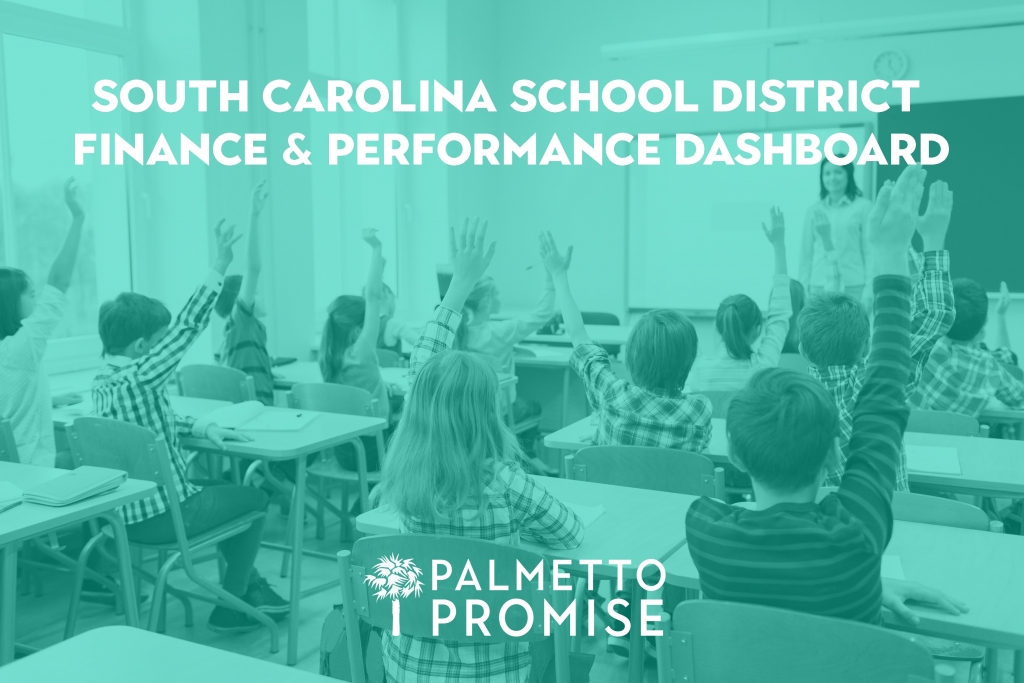New K-12 Education Finance Data Dashboard Compares South Carolina Revenues, Poverty, and Performance by District
FOR IMMEDIATE RELEASE
Jan. 19, 2021
Media contact: Lawson Mansell
Policy Content Manager
803-708-0673
lawson@palmettopromise.org
RELEASE: New K-12 Education Finance Data Dashboard Compares South Carolina Revenues, Poverty, and Performance by District
Columbia, SC—Today, Palmetto Promise Institute unveiled South Carolina’s first-of-its-kind data tool to compare key education metrics across the entire state and by individual school district.
Developed in partnership with Acuitas Economics, this simple, interactive resource pulls publicly reported data from across state agencies together to present a coherent, digestible snapshot for policymakers, business and community leaders, parents, and other citizens.
With this tool, South Carolinians are equipped to get a clear picture of how their tax dollars are being spent, and answer critical questions like: How much does my district pay teachers and administrators on average? How does student performance compare to other districts with similar spending or poverty? Is there a correlation between revenue/spending and academic performance? Where is money being spent most effectively, as determined by student outcomes?
For example, one can use the tool to compare South Carolina’s highest revenue per-pupil district (Fairfield) to both the state average and to one of South Carolina’s lowest revenue per-pupil districts (Dillon 4). Under similar conditions (poverty and number of students), Fairfield expenditures are nearly double that of Dillon 4, yet there is no remarkable difference in student outcomes, with Dillon 4 actually outperforming Fairfield on some academic indicators, providing additional validation of the Abbeville decision’s assertion that “inputs” are not aligned with “outputs.”
As Dr. Rebecca Gunnlaugsson outlined in Palmetto Promise Institute’s 2017 groundbreaking report, Funding Our Children for Success—which has been presented before education finance reform committees in both the South Carolina House and Senate—the Palmetto State’s educational expenditures do not directly equate to successful educational outcomes.
Describing the importance of this new tool, Palmetto Promise President & CEO Ellen Weaver said, “K-12 education represents 40% of South Carolina’s general fund appropriations—the largest single category—yet only a handful of people could tell you how much we spend, or more to the point, how it is spent. That must change if South Carolina is to ever deliver effective education opportunity for every student, regardless of their income or zip code.”
She continued, “Knowledge is power. This dashboard provides an understandable snapshot to better evaluate and shape critical education funding conversations and refocus those discussions on what truly matters: how our spending decisions impact students’ future.”






